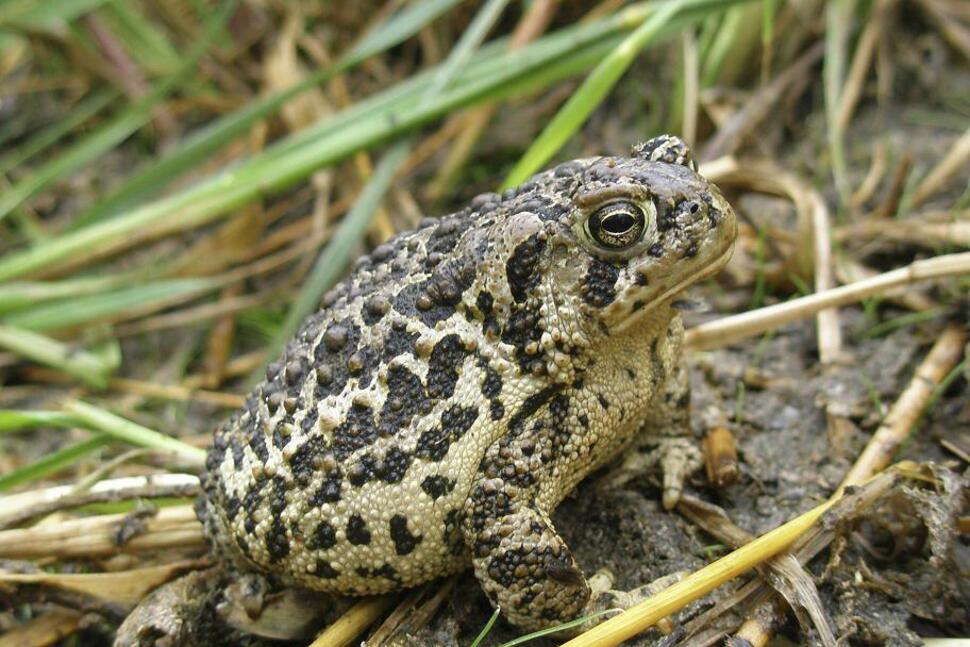Federal authorities report that two recently inaugurated national wildlife sanctuaries in Tennessee and Montana are poised to safeguard environments crucial for the well-being of imperiled species, including but not limited to toads, bats, shrimp, and salamanders.
MEMPHIS, Tenn. (AP) — Embarking on a transformative odyssey, the unveiling of two cutting-edge national wildlife havens signals a triumph for habitat conservation in Tennessee and Wyoming. Federal officials celebrate the birth of the Wyoming Toad Conservation Area and the Paint Rock River National Wildlife Refuge, heralding a new dawn for protecting imperiled species like toads, bats, shrimp, and salamanders.
In a poetic revelation, the U.S. Department of Interior declared on Tuesday that these sanctuaries are the tangible outcome of “decades-long, community-driven initiatives aimed at preserving ecosystems while ensuring public access.”
These new additions represent the latest chapters in the unfolding narrative of the National Wildlife Refuge System—a dynamic tapestry of 570 refuges and 38 wetland districts curated by the U.S. Fish and Wildlife Service.
Nestled in the picturesque Laramie Plains of the Wyoming Basin, the Wyoming Toad Conservation Area beckons with public access to the flowing Laramie River. Beyond its scenic charm, the area vows to safeguard the Wyoming toad, an endangered amphibian, and contribute to the well-being of other denizens, including the white-tailed prairie dog and migratory birds. The formal establishment of the Wyoming refuge saw the Fish and Wildlife service acquiring 1,078 acres (436 hectares) of Bath Ranch from The Conservation Fund.
Simultaneously, the Paint Rock River National Wildlife Refuge spans state borders, linking landscapes in Tennessee and Alabama to be the guardian of the river’s watershed in the Cumberland Plateau. This refuge stands as a sanctuary for threatened and endangered species like gray bats, Indiana bats, Tennessee cave salamanders, and Alabama cave shrimp. The area’s aquatic realms host a dazzling array of 50 freshwater mussel varieties, some exclusive to this haven. The refuge owes its existence to the benevolent donation of 87 acres (35 hectares) of land by The Nature Conservancy and the Open Space Institute.
This announcement unfolds during the mosaic of National Wildlife Refuge Week, emphasizing the accessible wonders of these sanctuaries, with almost all extending an invitation for free exploration within an hour’s drive of major urban centers. The popularity of these refuges has soared over the past decade, recording an extraordinary 67 million visits last year, an indication of the growing appreciation for these natural havens.
